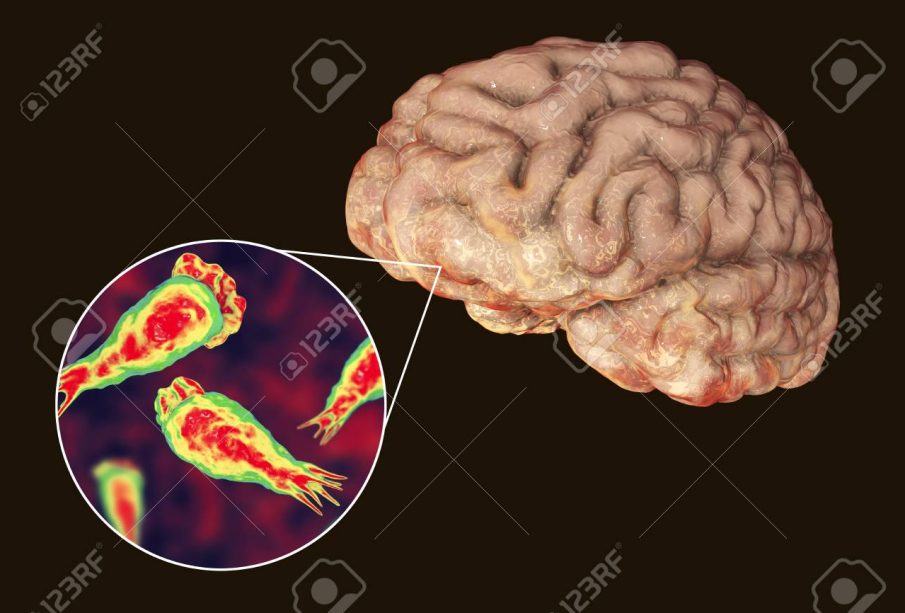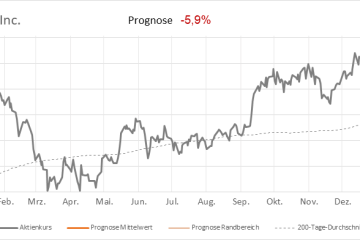Understanding Brain Eating Amoeba: Importance and Prevention

Introduction
The brain eating amoeba, scientifically known as Naegleria fowleri, is a microscopic organism that can lead to a rare but devastating infection known as primary amoebic meningoencephalitis (PAM). This topic has gained significant attention in recent years due to a rising number of infections, primarily in warm freshwater environments. Understanding the biology, transmission, symptoms, and prevention of this amoeba is crucial, especially as summer approaches and more people engage in water-related activities.
What is Naegleria fowleri?
Naegleria fowleri is commonly found in warm lakes, hot springs, and poorly maintained swimming pools. The amoeba enters the body through the nose, often while swimming, and can travel to the brain, leading to inflammation and severe neurological problems. Symptoms typically appear within one to fourteen days after exposure and can include headache, fever, nausea, and stiff neck, progressing rapidly to seizures and coma.
Recent Cases and Concerns
In the United States, several cases of Naegleria fowleri infections have been reported in recent years, particularly in southern states. The Centers for Disease Control and Prevention (CDC) reported that the infection is rare but nearly universally fatal, with only a few known survivors. For instance, a notable case in 2023 involved a young swimmer in Florida who contracted the infection while diving in a freshwater lake, prompting renewed discussions about water safety and public awareness.
Prevention Measures
Preventing infection is critical, especially during hot weather months when families frequent bodies of water. Here are essential preventive measures:
- Avoiding swimming in warm freshwater lakes and hot springs, particularly during high water temperatures.
- Wearing nose clips or keeping the head above water while swimming in these environments.
- Ensuring swimming pools are properly maintained and chlorinated.
- Educating children on the dangers of water entering the nose during swimming.
Conclusion
Awareness and education about the brain eating amoeba are imperative for safety during water activities. While infections remain extremely rare, the potential for severe outcomes makes it essential for individuals to take proactive measures when enjoying warm recreational waters. Public health officials urge communities to engage in preventive education to protect against this deadly organism. As summer approaches, keeping informed can help ensure safer and healthier experiences in our natural water bodies.









